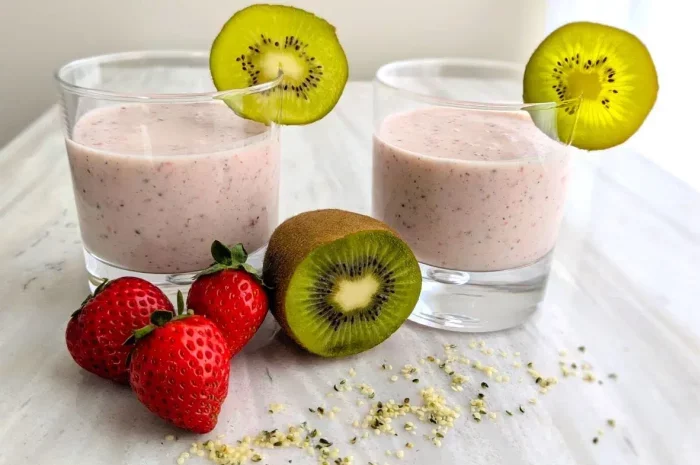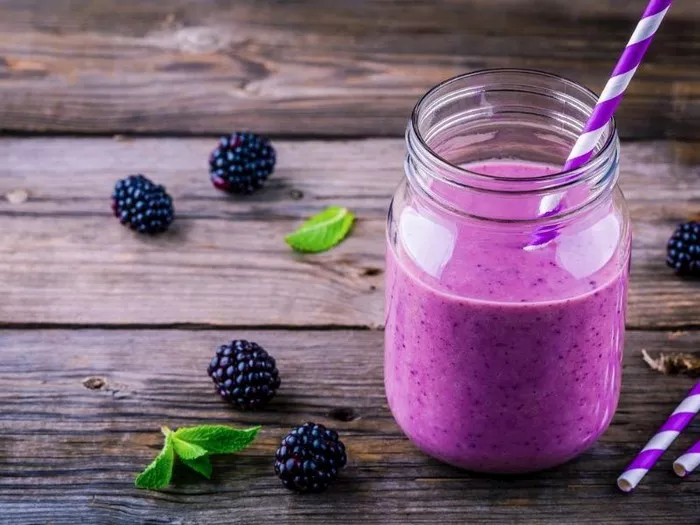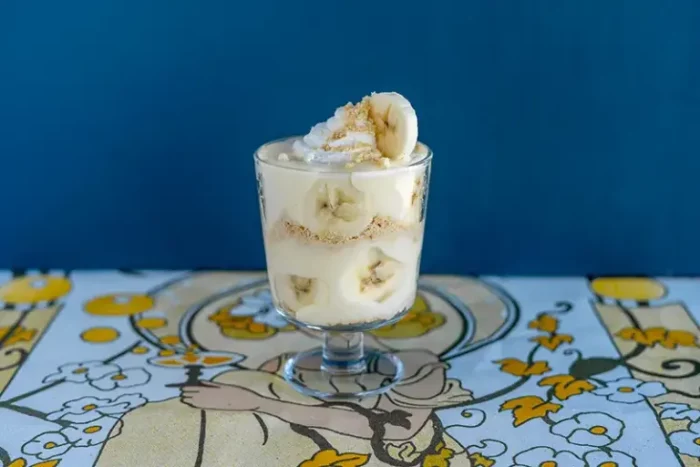Lady fingers, also known as sponge fingers or savoiardi in Italian, are a beloved and versatile component in the realm of desserts. These delicate, finger-shaped cakes have a rich history and play a significant role in creating an array of indulgent treats. From being a key ingredient in classic tiramisu to standing on their own as a simple yet elegant sweet, lady fingers have charmed the taste buds of countless dessert enthusiasts around the world. In this extensive essay, we will delve deep into what lady fingers dessert truly is, exploring its origins, ingredients, preparation methods, various uses, flavor profiles, and cultural significance.
Origins and History
Origins in Italian Cuisine: Lady fingers have their roots firmly planted in Italian culinary traditions. The name “savoiardi” itself hints at their connection to the House of Savoy, which had a significant influence on the region’s culture and cuisine. They are believed to have originated in the Piedmont region of Italy, an area renowned for its gastronomic delights.
In the past, Italian bakers were constantly experimenting with different forms of baked goods, and the concept of creating a light, airy cake in the shape of fingers likely emerged as a result of a desire for a delicate and easily manageable treat. The region’s access to quality ingredients such as flour, sugar, eggs, and butter played a crucial role in the development of lady fingers. These ingredients were combined using traditional baking techniques passed down through generations, resulting in the creation of the first lady fingers.
Ingredients Used
Flour: All-purpose flour is typically the main flour used in making lady fingers. It provides the structure and a soft, tender crumb to the cake. The protein content in all-purpose flour helps in creating the necessary elasticity during the mixing process, which in turn contributes to the light and airy texture of the final product. However, in some variations, a combination of all-purpose flour and cake flour might be used. Cake flour has a lower protein content, which results in an even more tender and delicate crumb, enhancing the overall elegance of the lady fingers.
Sugar: Granulated sugar is essential for sweetening lady fingers. It not only adds the necessary sweetness but also plays a role in creating the right texture. When beaten with eggs, the sugar helps to incorporate air into the batter, making the lady fingers lighter. The amount of sugar can vary depending on personal preference and the intended use of the lady fingers. For a sweeter version that might be used in a dessert with fewer other sweet components, more sugar could be added. Conversely, if the lady fingers are going to be paired with very sweet fillings or toppings, a slightly lower amount of sugar in the cake itself might be preferred.
Eggs: Eggs are a crucial ingredient in lady fingers. The yolks contribute richness and fat, adding to the flavor and moisture of the cake. The whites, on the other hand, are what give the lady fingers their light and airy texture. When the egg whites are whipped to stiff peaks, they incorporate a large amount of air into the batter. This air expands during baking, causing the lady fingers to rise and become fluffy. Separating the eggs and handling them properly is key to achieving the desired texture. Using fresh, high-quality eggs is recommended as they have better whipping properties and contribute a more vibrant flavor.
Butter or Oil: Traditionally, butter is used in lady fingers to add flavor and a rich, creamy texture. It also helps in keeping the cake moist. However, in some recipes, especially those aimed at creating a lighter or more health-conscious version, oil can be substituted. Vegetable oil or a neutral-flavored oil like canola oil can be used. While using oil may change the flavor slightly compared to butter, it can result in a moister cake that stays fresh for a longer period. The amount of butter or oil used is carefully balanced to ensure the right consistency and flavor without making the batter too greasy.
Flavorings and Additives
Vanilla Extract: Vanilla extract is a common flavoring used in lady fingers. A few drops or a teaspoon of high-quality vanilla extract can enhance the overall flavor, giving the cake a warm, sweet note that complements the other ingredients. It adds a familiar and comforting flavor that pairs well with a variety of desserts in which lady fingers are used.
Lemon Zest: Lemon zest is another popular addition. The grated zest of a fresh lemon imparts a bright, citrusy flavor that cuts through the richness of the cake and adds a refreshing element. It’s often used in small quantities to add a subtle yet distinctive flavor that makes the lady fingers stand out.
Salt: A pinch of salt is usually added to enhance the flavor of the lady fingers. It might seem counterintuitive in a sweet cake, but salt actually helps to balance the sweetness and bring out the other flavors more vividly, ensuring a well-rounded taste.
Mixing the Batter
Separating the Eggs: Begin by separating the eggs. Crack each egg over a small bowl and carefully transfer the yolk to another bowl, allowing the white to fall into the first bowl. It’s important to make sure no yolk gets mixed with the whites as even a small amount can prevent the whites from whipping properly. Place the egg whites in the bowl of a stand mixer or use a hand mixer to whip them to stiff peaks. This usually takes a few minutes, and you’ll know they’re ready when you can turn the bowl upside down and the whites don’t fall out.
Combining the Wet Ingredients: In a separate mixing bowl, cream together the butter (or oil if using) and sugar until the mixture is light and fluffy. This step incorporates air into the batter and helps in creating a tender crumb. Then, add the egg yolks one at a time, beating well after each addition. Next, add the vanilla extract, lemon zest (if using), and a pinch of salt, mixing until well combined.
Incorporating the Dry Ingredients: Sift the all-purpose flour (or the combination of flours if using) into the wet ingredient mixture. Gently fold the flour into the batter using a spatula until just combined. Overmixing can result in a tough cake, so it’s important to be careful at this stage.
Making the cake body
Separate the whites and yolks of the eggs and place them in two separate bowls without oil or water. Add caster sugar to the egg yolks and beat well with a whisk until the sugar is completely dissolved. Add corn oil and milk and continue mixing well. Sift the low gluten flour into the egg yolk batter and toss with a squeegee to make a smooth batter. Add a few drops of lemon juice to the egg whites and beat with a whisk on high speed until blisters appear. Add caster sugar in two batches, and continue to beat until wet foaming, that is, when the whisk is lifted, the egg white paste will show a small curved state. First take 1/3 of the egg white paste into the egg yolk paste, with a rubber spatula to mix well. Then pour the batter back into the remaining egg white batter and continue to fold until it becomes a cake batter. Pour the cake batter into a baking tray lined with oiled paper and smooth the surface with a spatula. Gently vibrate the pan to release air bubbles from the batter. Place the pan in an oven preheated to 170 ° C and bake for 15-20 minutes, until the cake is golden brown and a toothpick inserted into the center pulls out without sticking. Remove the baked cake, put it upside down on a drying net, remove the oil paper, leave to cool.
To make the cream filling
Pour the cream into a bowl without oil or water and beat with a whisk on high speed until wrinkles appear. Add caster sugar in two separate batches and continue to beat until the cream becomes fine and smooth with distinct lines.
To assemble Fingers Dessert
Cut the cool cake into long fingers. Spread the cream filling on one side of the cake strip. Jam or chocolate sauce can be spread on the cream filling according to personal taste. Place another strip on top of the cream-filled strip and press gently to bond them together. Sieve an appropriate amount of powdered sugar on the surface of Fingers Dessert and enjoy.
Conclusion
Lady Fingers are a versatile and essential component in the world of desserts. Their ability to absorb flavors and maintain structure makes them a favorite in classics like Tiramisu and Zuppa Inglese. Understanding their role in these desserts and how to incorporate them into new creations can elevate your sweet treats to new heights.
Related Topics:

























